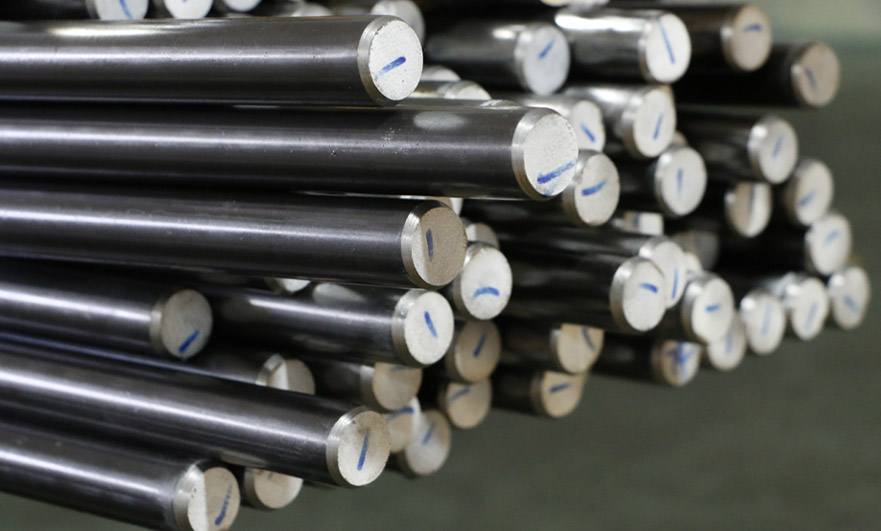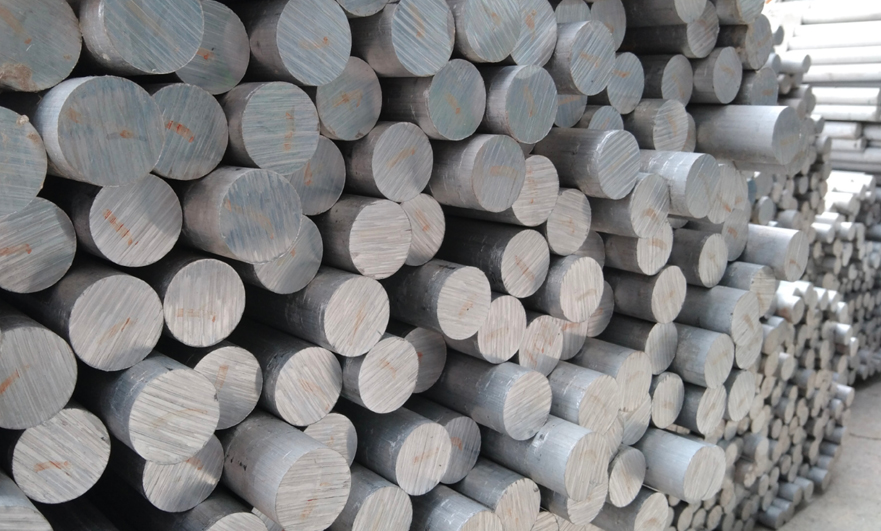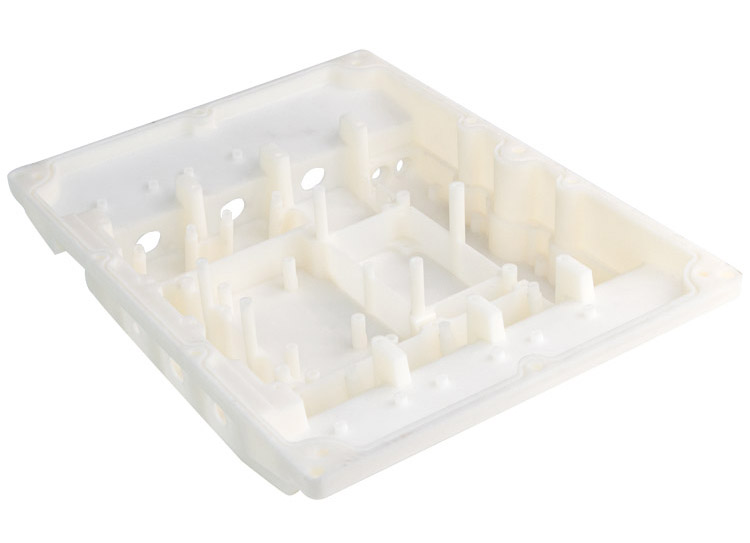15 years one-stop China custom CNC machining parts factory

Hey there I’m VMT Sam!
With 25 years of CNC machining experience we are committed to helping clients overcome 10000 complex part-processing challenges all to contribute to a better life through intelligent manufacturing. Contact us now
 174 |
Published by VMT at Apr 19 2022
174 |
Published by VMT at Apr 19 2022
CNC machining plays a key role in many processing and manufacturing industries such as defense, aerospace, electronics, and automobiles. It is gaining popularity every day due to its unique benefits. It can carry out 5-axis CNC machining, milling, turning, turning and milling, drilling, grinding, extrusion, forging, welding, high and low pressure casting and other different types of CNC machining processes, so as to produce high-precision, high-quality, error-free, CNC machining parts with high machining efficiency.
In order to obtain the desired quality in CNC machined parts, accurate dimensions, suitable materials, tooling and other features must be selected. Material selection plays a vital role in the production of CNC machined parts. CNC machines are capable of machining a wide variety of materials such as metal, plastic, wood and foam.
Due to the wide variety of materials available, proper material selection is critical to the correct execution of CNC machining operations. The selected material must have all the necessary properties required by the customer. These properties may include strength, thermal stability, chemical resistance, hardness, stiffness, etc. Remember that budget plays an important role in choosing the right material.
Steps to Choose the Most Suitable CNC Machined Part Material
Proper material selection for CNC machined parts is very important to obtain precision parts. It involves three steps, discussed below.
Step#1. Define your CNC machined part needs
Attributes that customers want in their final product. These properties may include thermal stability, chemical resistance, hardness, stiffness as well as cost and surface finish.
Step#2. Identify all qualified materials
Involves identifying such materials that provide all required characteristics at a reasonable price. This list may also include materials that meet some of the requirements.
Step #3. Determine the most suitable material
In this final step, a final material is selected that covers most of the properties required for a CNC machined part and is cost-effective.
We already understand the process of material selection. Now let's see, what material options do we have?
CNC Machining Materials
Do you know what materials can be CNC machined? CNC can machine any material you can think of. VMT has a material library that provides more than 40+ materials to obtain the basic characteristics of the final CNC machined part.
Metal
There is a huge list to choose from, such as aluminum, brass, copper, titanium, steel, stainless steel, and more. But most desirable is to provide a list of desired product qualities.
CNC machined plastics are also many options. For example, Acrylonitrile Butadiene Styrene (ABS), Nylon, Acrylic, Polycarbonate, etc.
Wood
The use of wood is relatively rare, and hardwood, plywood, softwood, etc. are commonly used.
Foam
Foams have many applications in different industries. Sculpted foam and rigid foam are mainly used for CNC machining.
Properties and Uses of Important CNC Machining Materials
Some key CNC machining materials, their properties and uses are discussed below. This list contains materials ranging from primary metals to machined plastics.
Stainless Steel
Stainless steel is a group of ferrous alloys containing at least about 11% chromium, less than 1.2% carbon and other alloying materials. It has corrosion resistance and excellent mechanical properties such as high tensile strength, durability, temperature resistance, ease of formability and manufacturability. These properties can be enhanced by adding other elements such as molybdenum, niobium, nickel, etc.

Stainless steel is widely used in different industries where many products are processed and manufactured. Its corrosion resistance and other mechanical properties are well suited to the needs of CNC machining manufacturers. Due to its widespread use in many industries, it is available in a variety of grades. Most grades can be calculated by CNC machining.
Common stainless steel grades are listed below
| Grade | Application | Advantages | Disadvantages |
|---|---|---|---|
| 303 | Aerospace | Machinability | Slightly lower corrosion resistance |
| 316L | building | Corrosion resistance | High price |
| 304L |
Medical devices |
Corrosion |
Low mechanical strength |
Aluminum
Aluminum is one of the most widely used materials in precision CNC machining. This is because it has many physical properties required in product manufacturing. These properties include light weight, durability, ductility, corrosion resistance, and more.
It has an excellent strength-to-weight ratio and variety, enabling aluminum to react with other elements to form alloys. These alloys are also mostly suitable for CNC machining projects. Defense, aerospace, automotive and construction are industries where aluminum is heavily used.

A list of commonly used aluminum grades is given below
| Grade | Application | Advantages | Disadvantages |
|---|---|---|---|
| 7075 | Aerospace | Strength | Poor Veldability |
| 3003 | Food | Formability | Not heat treatable |
| 6061 | General fabrication | Versatility | Poor Veldability |
| 5052 | Marine | Corrosion Resistant |
Other Metals
In addition to stainless steel and aluminum, other metal options are available for CNC machining. Each of them has unique properties, industry uses, advantages and disadvantages. These include brass, copper, titanium, zinc, etc. Which material will be used in a particular project depends on the desired properties.
| Grade | Application | Advantages | Disadvantages |
|---|---|---|---|
| Brass C36000 | Aerospace | Very high machinability | Moderate strength and hardness |
| Titanium 6Al-4V | Aerospac | Strength-to-weight | High price |
| Copper C101 | Electrical Hardware | Thermal Conductivity |
Electrical surges |
Plastics
Plastic products processed by CNC are used in various processing and manufacturing fields. CNC machining machines process plastics as efficiently as they do other materials. Modern plastic part manufacturing offers faster production, cost efficiency and other useful benefits.

Plastics also come in different grades. Each grade has its own distinct characteristics. The selection of a specific plastic material is based on its properties and application. Plastics are found to be great for prototyping.
| Grade | Application | Advantages | Disadvantages |
|---|---|---|---|
| PTFE (Teflon) | Electrical Components | Heat and Chemical Resistance | |
| ABS |
Consumer products |
Impact Strength |
Heat strength |
|
POM (Delrin) |
Mechanical parts |
Machinability |
Acid resistance |
Materials That Can Be Used in All Conditions
Given general mechanical properties and cost, few materials are well suited for all conditions.
Factors to Consider When Selecting CNC Machining Materials
There are a few factors to consider before choosing the right CNC machining material. Accurate selection is crucial for high-precision CNC machining. If these factors are considered prior to material selection, then you will find the perfect material for your product and cost-effectiveness requirements. These factors are discussed below:
Stress Load
First, you need to estimate the load stress of the product. Then select the appropriate material according to its pressure bearing capacity. The material may even crack if additional stress loads that exceed its carrying capacity are applied.
Dimensional Tolerance
Dimensional tolerance is an important factor that can seriously affect production if not properly considered. It affects the workpiece, cutting method and tool selection, etc.
Operating Temperature
Temperature error calculations can lead to workpiece deformation. CNC operations generate extreme heat. But lower temperatures can also cause parts and materials in the machine to freeze. Maintaining an operating temperature of about 1760F is feasible. Otherwise, stability will be lost above 2800C.
Material Costs
Cost plays a leading role in material selection. You need to choose materials that meet your thermal stability, strength, chemical resistance, hardness and stiffness requirements at the lowest possible price. But remember, not too cheap.
In Conclusion
Accurate selection is critical for CNC machining to manufacture the best parts. Before you finalize your CNC machined part, you need to follow the steps of the selection process and consider all factors that affect a successful selection.
One of the many benefits of CNC machining is that it offers a diverse range of materials. You can choose from metal, plastic, wood and foam. But the final material will meet your thermal stability, strength, chemical resistance, hardness and stiffness requirements at the lowest possible price.
Ready To Start Your Next Project?
Get Instant Quote

Request a Free Quote
Send us a message if you have any questions or request a quote. We will get back to you ASAP!
